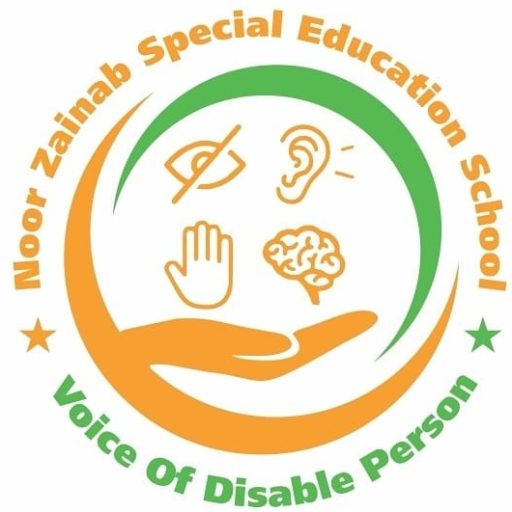Working with Hearing-Impaired Children: Strategies and Considerations
Understanding Hearing Impairment
A variety of hearing losses, from partial to complete deafness, are included in hearing impairment. It can be acquired or congenital, and it can have a major effect on a child’s verbal, social, and cognitive development. In order to effectively support and educate children with hearing impairments, it is imperative to acknowledge their different requirements.
Creating an Inclusive Environment
Creating an inclusive environment is fundamental for hearing-impaired children to thrive. This includes both physical and social aspects of their surroundings:
Classroom Acoustics: Ensure the classroom has minimal background noise and good acoustics. Use sound-absorbing materials like carpets and curtains to reduce echo and noise levels.
Seating Arrangements: Place hearing-impaired children near the teacher to facilitate lip-reading and ensure they can see visual aids clearly.
Visual Aids and Cues: Utilize visual aids such as charts, diagrams, and written instructions. Visual cues can support understanding and reinforce verbal communication.
Communication Strategies
Effective communication is the cornerstone of working with hearing-impaired children. Here are some strategies:
Sign Language: Learning and using sign language can significantly improve communication. Encourage classmates to learn basic signs to foster inclusion.
Speech Reading: Ensure clear visibility of your face for lip-reading. Speak clearly, at a normal pace, and avoid exaggerating lip movements.
Assistive Technology: Utilize hearing aids, cochlear implants, and FM systems. These devices amplify sounds and help hearing-impaired children better engage in classroom activities.
Tailored Educational Approaches
Adapting teaching methods to suit hearing-impaired children is essential for their academic success:
Individualized Education Plans (IEPs): Develop IEPs that outline specific goals, accommodations, and support services tailored to the child’s needs. Regularly review and update these plans.
Multisensory Instruction: Incorporate visual, auditory, and kinesthetic learning methods. This can help reinforce concepts and cater to different learning styles.
Small Group Instruction: Provide opportunities for small group or one-on-one instruction to ensure that hearing-impaired children receive personalized attention and support.
Social and Emotional Support
Hearing-impaired children may face social and emotional challenges. Providing appropriate support can help them build confidence and social skills:
Peer Interaction: Encourage positive interactions with peers. Facilitate group activities and collaborative projects to promote social inclusion.
Counseling Services: Offer access to counseling services to address any emotional or social difficulties. Counseling can help children develop coping strategies and improve their self-esteem.
Family Involvement: Engage families in the educational process. Regular communication with parents or guardians ensures they are informed and can support their child’s learning at home.
Professional Development for Educators
Educators working with hearing-impaired children should pursue ongoing professional development:
Training in Deaf Education: Attend workshops and courses on deaf education to stay informed about the latest teaching strategies and technologies.
Collaborate with Specialists: Work closely with audiologists, speech therapists, and special education professionals to develop effective teaching plans and interventions.
Cultural Competence: Understand and respect the cultural aspects of the Deaf community. This includes recognizing the importance of Deaf culture and promoting a positive identity for hearing-impaired children.
Providing social and emotional support, modifying instructional techniques, fostering an inclusive atmosphere, and using efficient communication techniques are all essential components of a holistic strategy when working with children who have hearing impairments. Teachers can support children with hearing impairments in reaching their full potential and create a welcoming, encouraging learning environment by adopting these practices and consistently pursuing professional development.

